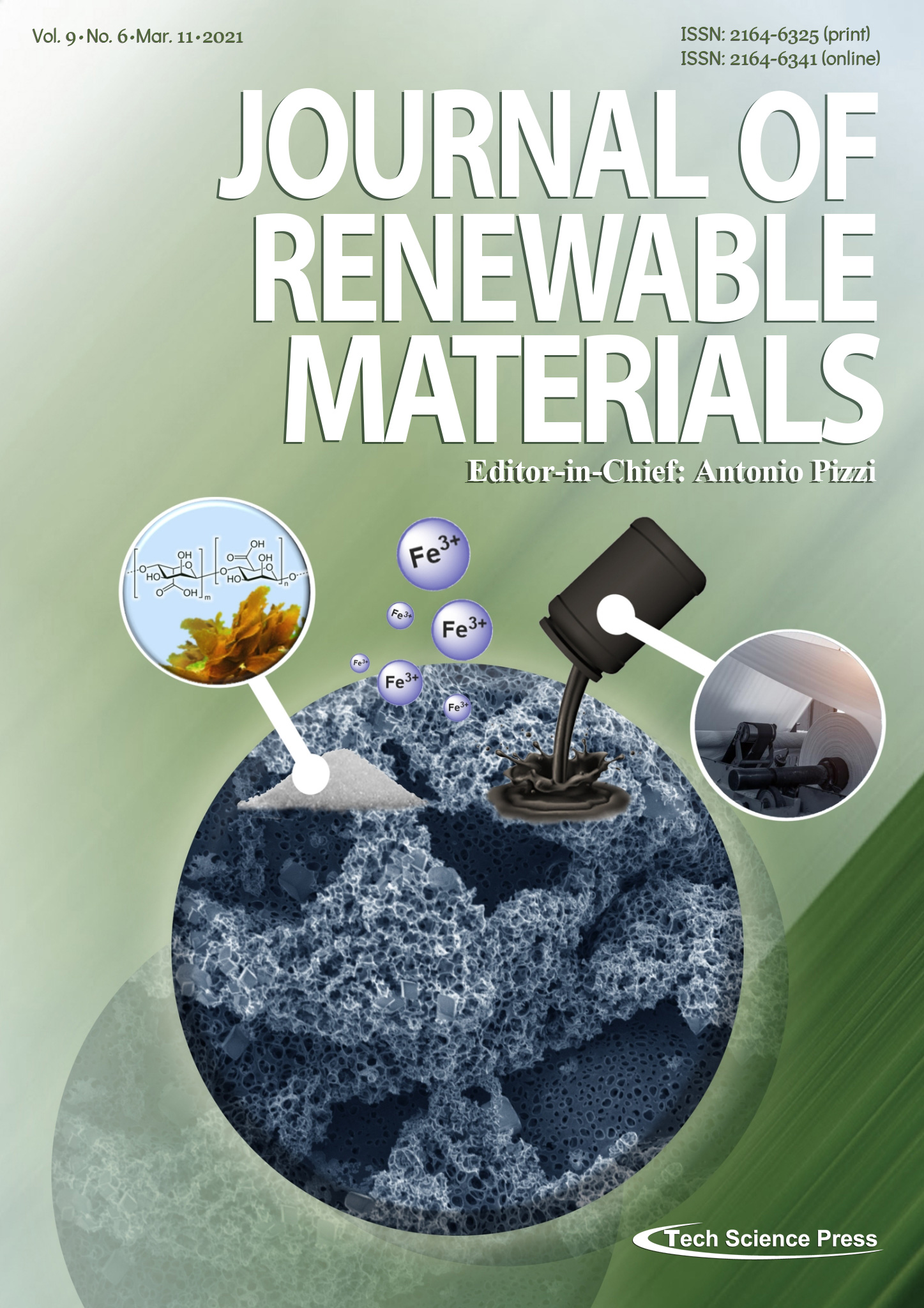Hydrogenated Amorphous Carbon Films from Palmyra Sugar
Budhi Priyanto1,2,*, Retno Asih1, Irma Septi Ardiani1, Anna Zakiyatul Laila1, Khoirotun Nadiyyah1, Bima Romadhon3, Sarayut Tunmee4, Hideki Nakajima4, Triwikantoro1, Yoyok Cahyono1, Darminto1,*
Journal of Renewable Materials, Vol.9, No.6, pp. 1087-1098, 2021, DOI:10.32604/jrm.2021.014466
- 11 March 2021
(This article belongs to the Special Issue: New Trends in Sustainable Materials for Energy Conversion, CO2 Capture and Pollution Control)
Abstract A simple, highly reproducible, and environmentally friendly method is a considered approach in generating renewable energy materials. Here, hydrogenated amorphous carbon (a-C) films have been successfully prepared from palmyra liquid sugar, employing spin-coating and spraying methods. Compared with the former method, the latter shows a significance in producing a better homogeneity in particle size and film thickness. The obtained films have a thickness of approximately 1000 to 100 nm and contain an sp2 hexagonal structure (~70%) and sp3 tetrahedral configuration (~30%) of carbons. The introduction of boron (B) and nitrogen (N) as dopants has created the local More >
Graphic Abstract
